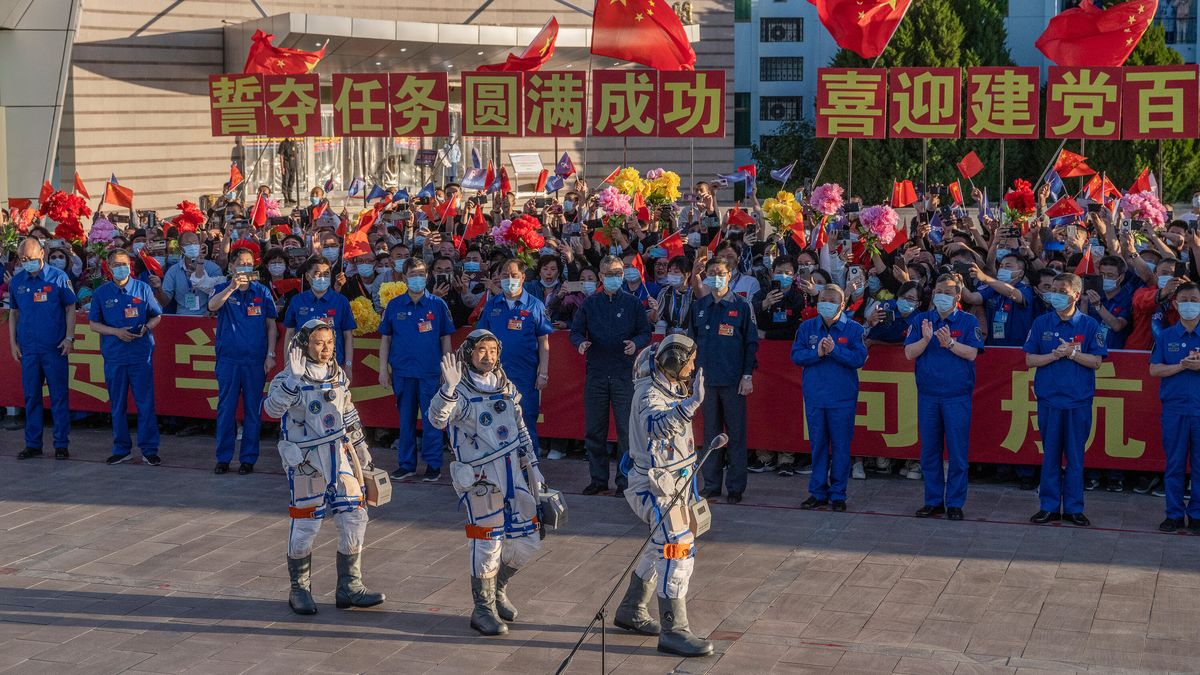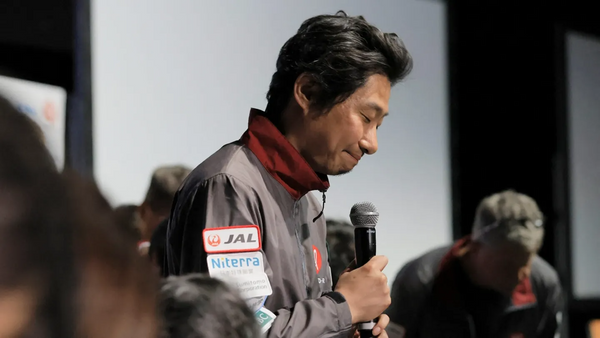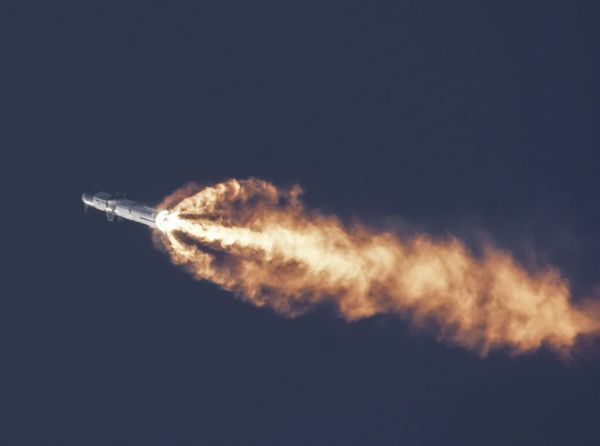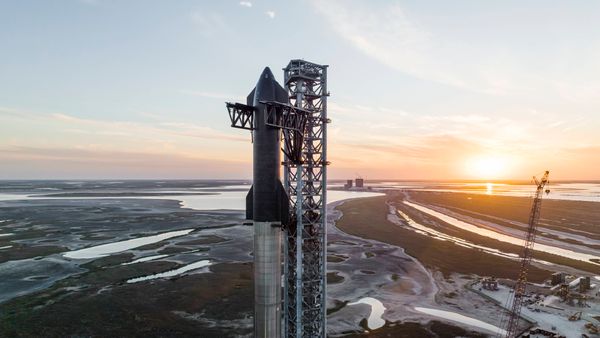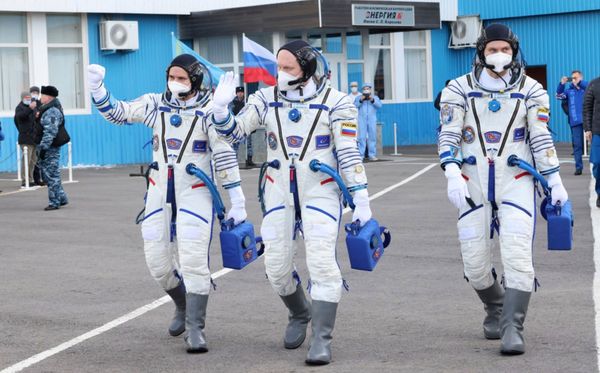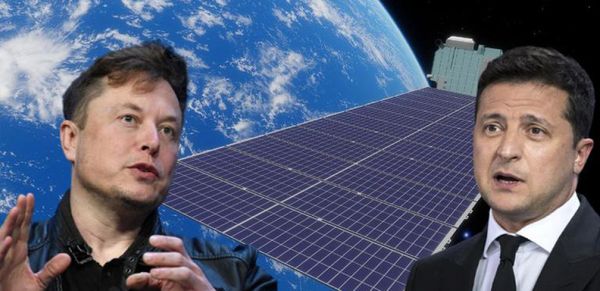China has launched its first crewed mission in five years, successfully sending three astronauts to its new space station. The Shenzhou-12 mission is China’s longest-ever human-crewed one and is the third of an estimated 11 missions required to realize the country’s plans to build the new station, which will be called Tiangong. Taikonauts Nie Haisheng, Liu Boming, and Tang Hongbo will be spending the next three months testing systems, doing spacewalks, and bringing Tianhe, a module of the new space station, into service.
Tianhe is a 22.5-tonne module of the eventual 70-tonne space station China is building. It is the first and largest of three modules and was launched into orbit in late April, right before the controversy surrounding the country’s out-of-control rocket entry to Earth. China will send the remaining modules and launch several more crewed missions to complete the station by 2022. If all goes well, Tiangong will be China’s first full-fledged space station, including living quarters, science labs, and a Hubble-class telescope.
Zoom Out: Why is China building its own space station instead of using the ISS? Well, there might be various reasons, but the main one is that China has been barred from the ISS for the past decade, and in fact, no Chinese nationals have ever been aboard. In 2011, U.S. Congress passed a law prohibiting official American contact with the Chinese space program due to concerns about national security. As its name suggests, the International Space Station is a global project, but most of its inhabitants have come from the U.S. and Russia. Other countries that have sent astronauts to the ISS include Canada, Brazil, the U.K., the Netherlands, Germany, Belgium, South Korea, Malaysia, Japan, etc.


